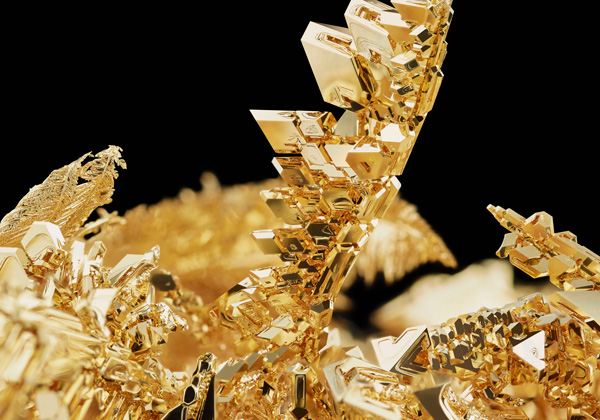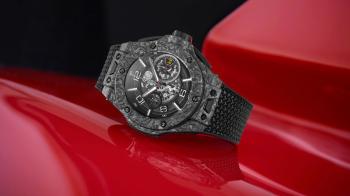1. 1980: The beginning
In 1980 Carlo Crocco laid the foundation stone of what would become the guiding thread for 40 years of watchmaking: disruption. By marrying precious metals with a rubber strap, Crocco took the first steps of an approach that Jean-Claude Biver would later send into orbit under the slogan “The Art of Fusion”. The motto proved endlessly versatile: fusion of the past and the future, noble materials and high-tech, tradition and modernity, etc.
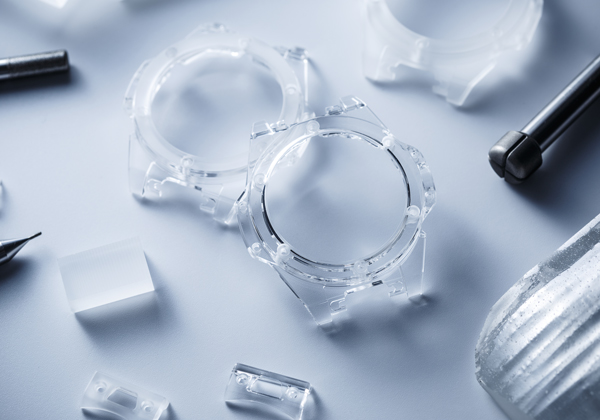
2. The Big Bang
The flagship product chosen to embody this “Art of Fusion” was the Big Bang. The core concept was a masterstroke: we don’t really know what came before, but let’s show you what comes next! The Big Bang was extravagant, sometimes polarising, often provocative. It wasn’t a family, exactly: it was a case shape that could accommodate both a base movement (the Unico) and complications (tourbillon, 14-day power reserve), and could be presented in a wide variety of materials. The Spirit of Big Bang came along in 2014. It was less distinctive, opting for the “tonneau case plus high tech” formula that had already proved successful for a certain Richard Mille.

3. The manufacture
Two-thirds of Hublot’s exponential growth happened even before the brand had its own production facilities. Shakeups in the watchmaking community (beginning with the reduced availability of base movements from ETA) led to Jean-Claude Biver’s decision to decide to bring as much savoir-faire in-house as possible. At the same time, this enabled him to adjust production capacity to the strongly accelerating demand (turnover was CHF 600 million in 2019). Premises were built in Nyon in 2009. A second facility followed in 2015, adding a further 8000 square metres to the existing 6,000. Hublot’s Nyon campus, away from glamorous Geneva and the austere tradition of the Vallée de Joux, were like the brand itself: modern, efficient, functional and pragmatic. It was also the base for Matthias Buttet’s R&D team – the engine behind the brand’s complications and materials – without which Hublot would not have become the powerhouse it is today.
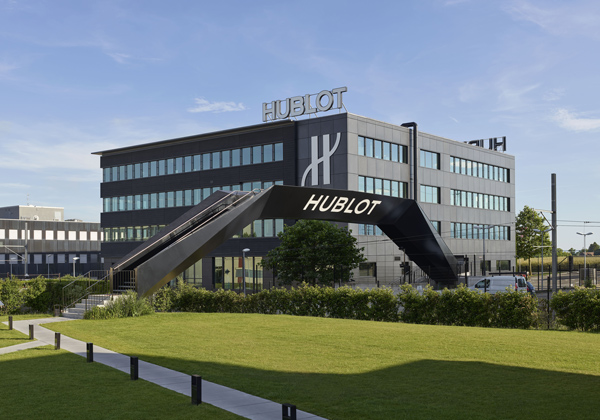
4. Partnerships
“Eight years ago, at our first World Cup, I was practically selling tickets myself!” joked Ricardo Guadalupe in 2018. “In football, between Hublot and TAG Heuer, I think we’ve got everything covered,” added Jean-Claude Biver, who at the time headed up both brands. In motor racing, Hublot went straight for the prancing horse. Many watch brands had approached Ferrari in the past, but Hublot pulled out the big guns and succeeded where others had failed to convince. With race sponsorship, team sponsorship, Formula 1, bespoke watches, artistic collaboration and XXL signage in the paddocks, the idyll has lasted for almost ten years (since 2011).
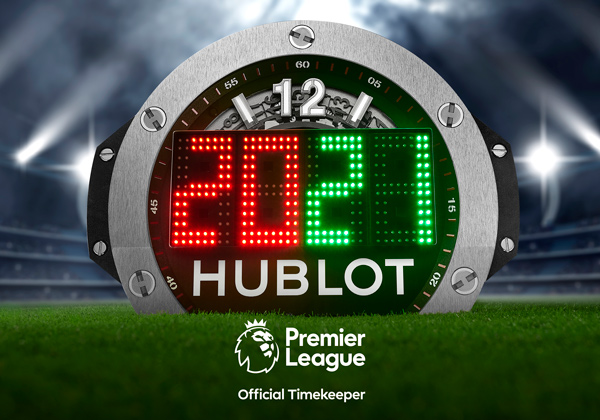
5. Futuristic materials
It’s hard to imagine a Hublot with a round steel case. Although such a watch does exist (the Classic Fusion), the brand is indelibly linked in the collective imagination with high-tech developments and even higher-tech materials. These include the all-sapphire case, which has been widely popularised by Hublot, as well as titanium, carbon, ceramic and even... Hublonium. The star of the show nevertheless remains Magic Gold, unveiled in 2011, which claims to be impossible to scratch and impervious to wear – to the point that Apple wanted it for the Apple Watch (Biver refused). Omega followed suit two years later, releasing its ultra-tough Sedna gold.
